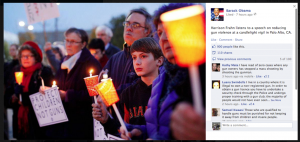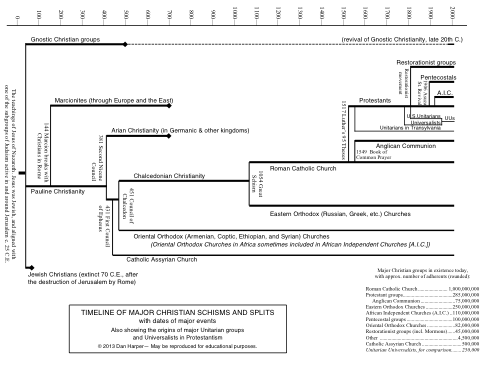Back on February 22, 2005, I wrote the first post on a blog I called “Yet Another Unitarian Universalist Blog.” And here I am, eight years later, still writing.
The online world has changed drastically in those eight years. In 2005, blogging was still cutting edge social media, Facebook was still restricted to users with a .edu email address, and the big social networking site was MySpace. In the first few years of this blog, there were so few UU bloggers that we’d go out of our way to visit one another so we could have face-to-face meetings, and there were even UU blogger picnics.
For a few years, a lot Unitarian Universalists paid a lot of attention to the few Unitarian Universalist blogs. There were only about fifty of us, and we all had a wide audience. I still remember a meeting at General Assembly where members of the Unitarian Universalist Association (UUA) Board of Trustees sat a bunch of us bloggers down and asked how they could get their message out on our blogs.
Twitter came along. Youtube took off. Facebook got big, then huge, then ridiculously ginormous. Many of the conversations that were happening on blogs went over to other social media platforms. These days, the best bloggers are typically paid, or they’re professional writers blogging for exposure on commercial or paid sites. The transformation of Chris Walton, perhaps the best UU blogger ever, can be taken as a representative case: he wound up running UU World, the UUA’s official periodical; moved UUWorld into blogging; dropped his long-running personal blog “Philocrites”; and now he posts his personal thoughts on Facebook.
While the social media field has grown ever larger, ever more dominated by bigger and bigger players, I have kept on with this tiny little blog, with its tiny readership of ten thousand unique visitors a month (the Huffington Post gets more than three times that many unique visitors in one hour), many of which appear to be meaningless visits from questionable IP addresses in Russia and China. While more and more people turn to social media to carry on their online conversations, I stick with the outdated blogging format.
But then, I started my publishing career back in the 1980s, writing a fanzine that had a circulation of less than twenty people. I’m still a zine writer who wound up writing a religion blog by mistake. A zine writer is always looking for readers beyond his or her narrow social circle, which means Facebook will always feel restrictive. A zine writer is, by definition, long-winded, which means that Twitter will never offer enough space. A zine writer feels fondness towards outmoded publishing techniques, like cut-and-paste photocopying and hectographs, and by contrast feels little fondness for the newest and shiniest social media platform.
Finally, a zine writer publishes because he or she is expecting readers to write back. And you, dear readers, do write back — you write comments, you send email, sometimes you send me notes and books and dogtags and old magazines with interesting articles. Blogger and author John Scalzi sneers at tiny blogs like this (he really does; I went to a presentation he gave and heard him do so). Whatever. You, the readers, make this all worth while. Thank you for eight great years.


